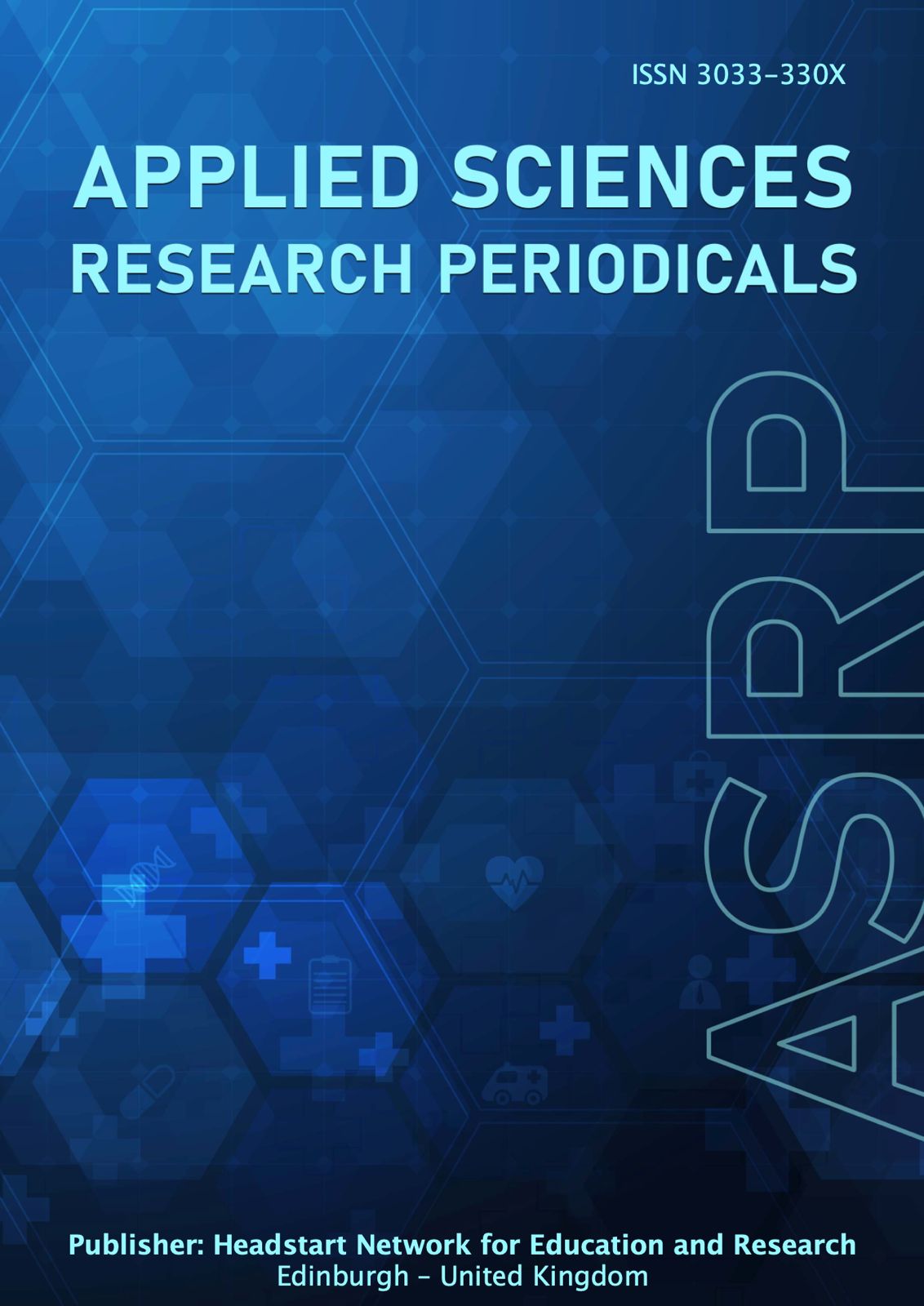A Revised Version of the Theory of the Extended Electron (Anti-Particles of Dirac and Majorana)
DOI:
https://doi.org/10.63002/asrp.305.832Keywords:
The extended model of the electron, the core (-q0 ), static electric dipoles (-q , q ), the effective electric charge QAbstract
This theory proposes an extended model of the electron based on the image of the screened electron in the concept of vacuum polarization of QED. The extended electron consists of a negatively charged core (- q0) which is surrounded by an assembly (an aggregation) of tiny static electric dipoles (-q, +q). When subjected to an external field, electromagnetic forces are produced on these point charges to give rise to various properties of the electron. Three major properties of the electron that will be explored in this theory are: -the effective electric charge of the electron, -the mechanism of the spin of the electron, -the mechanism of radiation of the electron. The investigation of these properties leads to various innovative explanations for the generation of anti- particle, the orbital of the electron, the strong nuclear forces between nucleons … Other topics are also listed in the following content: Content: The electric charge of the extended electron is an effective one: it changes by the action of its velocity and the applying field. The purpose of this article is to present some consequences which are related to the effectiveness of the electric charge of the electron. Section 1: Introduction: the extended model of the electron. Section 2: Recall of the electric force Fe to explain the generation of anti-particles. Section 3: The correlation between v and ε. Section 4: The orbital of the electron in the electric field of the hydrogen atom. Section 5: The strong forces between nucleons. Section 6: Fractional charge vs charge quantization. Sections 7 & 8: The upper limits: c and W of translational and rotational motions. Section 9: Discussion on different models of the electron and the impact on the Coulomb' law. Section 10: Overall conclusion. Appendix: A. Magnetic force Fm produced on the extended electron. B. The permittivity ε and the permeability µ of the extended electron.
Downloads
Published
Issue
Section
License
Copyright (c) 2025 Hoa van Nguyen

This work is licensed under a Creative Commons Attribution 4.0 International License.





